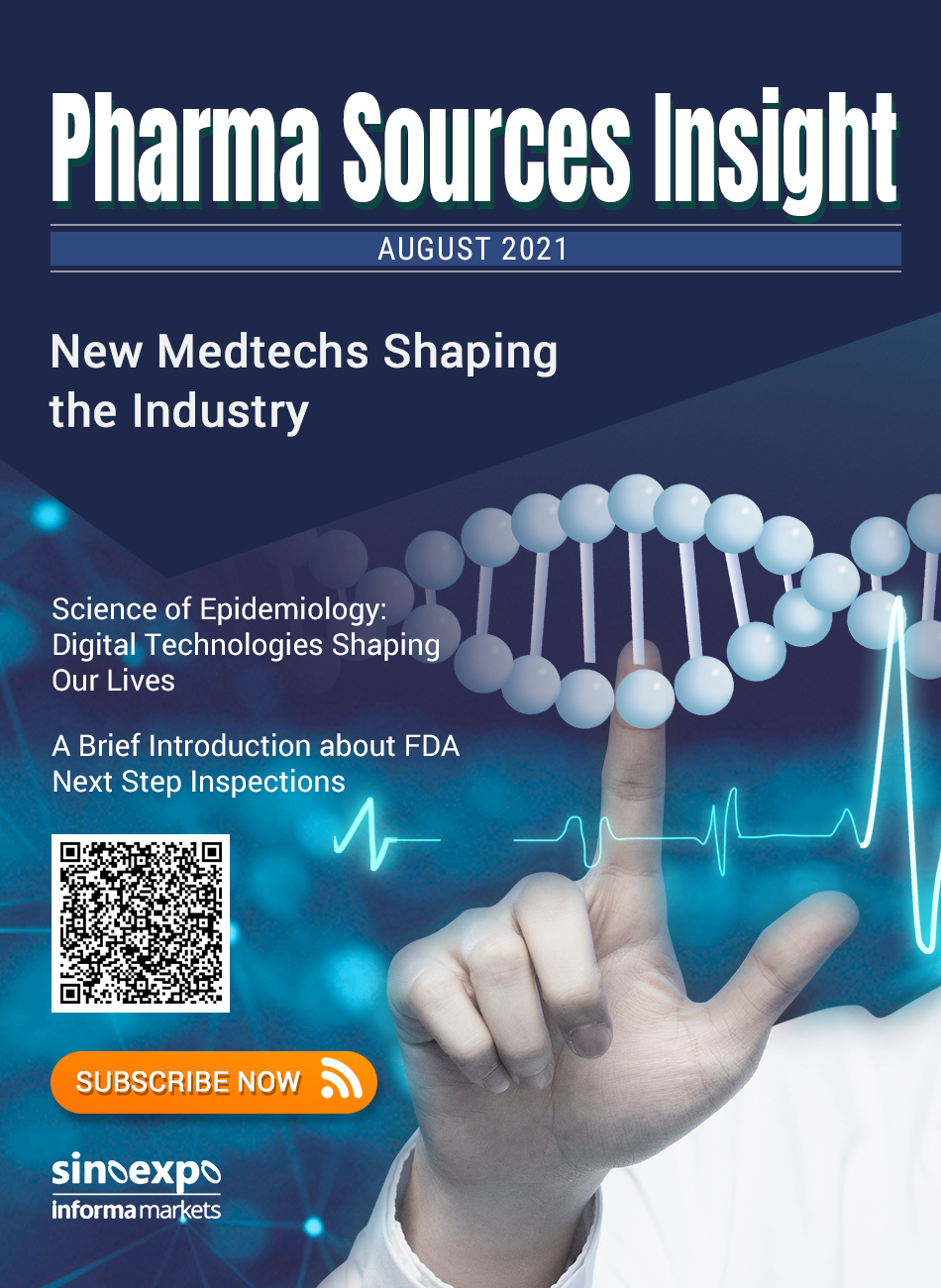Sarah HardingJuly 26, 2021
Tag: COVID , epidemiology , Digital Technologies
The past couple of years has been a roller coaster of shock, despair, hope and marvel, as the COVID pandemic has ravaged the world and changed the way we live – in some ways, forever. Throughout the pandemic, most governments have done their best to “follow the science”. Teams of scientists have worked not just to discover treatments and vaccines for this new global enemy, but also to develop public health plans and strategies that might help to slow its spread.
The science of epidemiology has become increasingly prominent in running our countries and our lives, but where do those data come from?
The science of epidemiology has come a long way since the term was first used around 200 years ago. Known as the father of modern epidemiology, John Snow is most famous for his investigations into 19th-century cholera outbreaks in London (England), where his identification of a dirty water pump, and subsequent chlorination of the water, ended an epidemic. Although Snow’s methods were not widely applied until after his death, this was the first clear example of applying epidemiology to a public health situation, to avoid further outbreaks of disease.
The methods used in these historical times are not difficult to imagine – they would have involved mapping the outbreaks, looking for common causative factors, evaluating them, and finding a suitable intervention to correct them. To a certain extent, the same approach applies today, but now we are aided by a range of technologies that make our epidemiological studies faster, better and more reliable.
Most markedly, the need to achieve independent samples large enough to provide adequate statistical power led to the development of large research teams, collaborative studies, medical and surgical equipment and the introduction of analytical tools. By the end of the 20thcentury, new technologies had already transformed the science of epidemiology, which was particularly affected by advances in data technology, modelling and genetics.
While multicentre biobanks and collaborative databases are greatly impressive, perhaps one of the most fascinating development of our century has been the use of smart devices to collect data from individuals in real time. Smartphones, wearables and such other mobile connected devices already provide powerful real-time epidemiology tools at scale [1].
As well as providing a multitude of data for continuous measurement of critical biomarkers for medical diagnostics, physiological health monitoring and evaluation, these technologies have been implemented during the COVID pandemic in various ‘track and trace’ programmes intended to remove infected individuals (or those at risk of infection) from the general population to reduce spread. If used correctly and routinely, these tools have the potential to dramatically reduce the spread of disease.
Epidemiological modelling can be a powerful tool to assist in health policy development, and disease prevention and control. Models can vary from simple deterministic mathematical models through to complex spatially-explicit simulations and decision support systems.
Throughout the COVID pandemic, mathematical models have been instrumental in understanding how the virus might impact populations, helping to inform government policies around the world [2]. Some of these models were freely available on-line, and I can’t be the only person who was utterly smitten with many of these, explaining with little red and white dots how changes in behaviour or viral transmission rates might affect spread of the disease.
Another important development is the use of genetic epidemiology, which brings together genetics, epidemiology and biostatistics to identify genes controlling risk for complex and heterogeneous diseases [3].
In the past two decades, the available tools for genetic epidemiology have expanded from a genetic focus (considering one gene at a time) to a genomic focus (considering the entire genome of an organism). The use of isoenzymes as genetic markers, the direct analysis of DNAs, and the production of highly specific monoclonal antibodies, are all widely used to enable the rapid identification of different strains that might have different distributions, transmission rates or cycles, or might be linked to different forms or severities of disease.
Of course, all of the above developments – data technology, modelling and genetics – depend on the management and interpretation of Big Data. As with many other disciplines, therefore, big data analytics is core to modern epidemiology. Big Data holds the promise of identifying population health intervention targets through the analysis of high volume, highly variable data. It also offers the potential of targeting causative factors, and refining behaviours and interventions, using rapid feedback mechanisms [4].
Nevertheless, the mass of data generated by genomic, molecular, clinical, epidemiological, environmental, and digital information is a challenging reality of 21st century epidemiology. These data need to be processed, analyzed and interpreted in a systematic and efficient manner if scientists are to find relevant signals. Multistep analytical approaches have been used to estimate health risks associated with different types or combinations of exposures, but pathway analytical approaches are increasingly used for integrating and interpreting high-dimensional data generated by multiple techniques.
Modern technologies such as those described above have supported the public-health response to COVID-19 worldwide [5]. Techniques employed during the COVID pandemic have included:
Digital epidemiological surveillance
Rapid case identification
Digital contact tracing
Tracking the spread of different genetic strains of the virus worldwide
Modelling data to predict outcomes and evaluate potential interventions
Evaluating the impact of actual interventions through the use of mobility data
Public communication to keep populations informed.
These techniques leveraged billions of mobile phones, large online datasets, connected devices, computing resources and significant advances in machine learning and natural language processing. They have helped to reduce the human and economic impact of COVID, guiding governments and public health providers in the management of the crisis, through an ocean of uncertainty and doubt.
I don’t think it is unfair to suggest that our epidemiologists have been the unspoken champions of the COVID pandemic.
Epidemiology has been greatly enhanced by the development and application of new technologies. In particular, the COVID pandemic has confirmed the need for epidemiological science to evolve alongside the emerging fields of mobile and digital healthcare. That pattern of co-development – of the science of epidemiology and other disciplines – will certainly continue, while the future of public health will inevitably become increasingly digital.
In conclusion, digital technologies have an important role in our response to outbreaks and pandemics. As we continue to develop those technologies, our response to COVID should continue to strengthen and, with these tools in place, our response to any other pandemics in the future should be faster and more resilient.
1. Guk K et al. Evolution of Wearable Devices with Real-Time Disease Monitoring for Personalized Healthcare. Nanomaterials (Basel). 2019;9: 813 https://www.mdpi.com/2079-4991/9/6/813
2. Czyzewski A. Modelling an unprecedented pandemic, https://www.imperial.ac.uk/stories/coronavirus-modelling/
3. Duggal P et al. The Evolving Field of Genetic Epidemiology: From Familial Aggregation to Genomic Sequencing. American Journal of Epidemiology 2019;188: 2069–77 https://doi.org/10.1093/aje/kwz193
4. Mooney SJ et al. Epidemiology in the Era of Big Data. Epidemiology 2015;26:390–4 https://journals.lww.com/epidem/Fulltext/2015/05000/Commentary__Epidemiology_in_the_Era_of_Big_Data.14.aspx

Sarah Harding, PhD
Editorial Director of Chemicals Knowledge
Sarah Harding worked as a medical writer and consultant in the pharmaceutical industry for 15 years, for the last 10 years of which she owned and ran her own medical communications agency that provided a range of services to blue-chip Pharma companies. She subsequently began a new career in publishing as Editor of Speciality Chemicals Magazine, and then Editorial Director at Chemicals Knowledge. She now focusses on providing independent writing and consultancy services to the pharmaceutical and speciality chemicals industry.
This article is first published on
Pharma Sources Insight August 2021



Contact Us
Tel: (+86) 400 610 1188
WhatsApp/Telegram/Wechat: +86 13621645194
+86 15021993094
Follow Us:




 Pharma Sources Insight July 2025
Pharma Sources Insight July 2025


